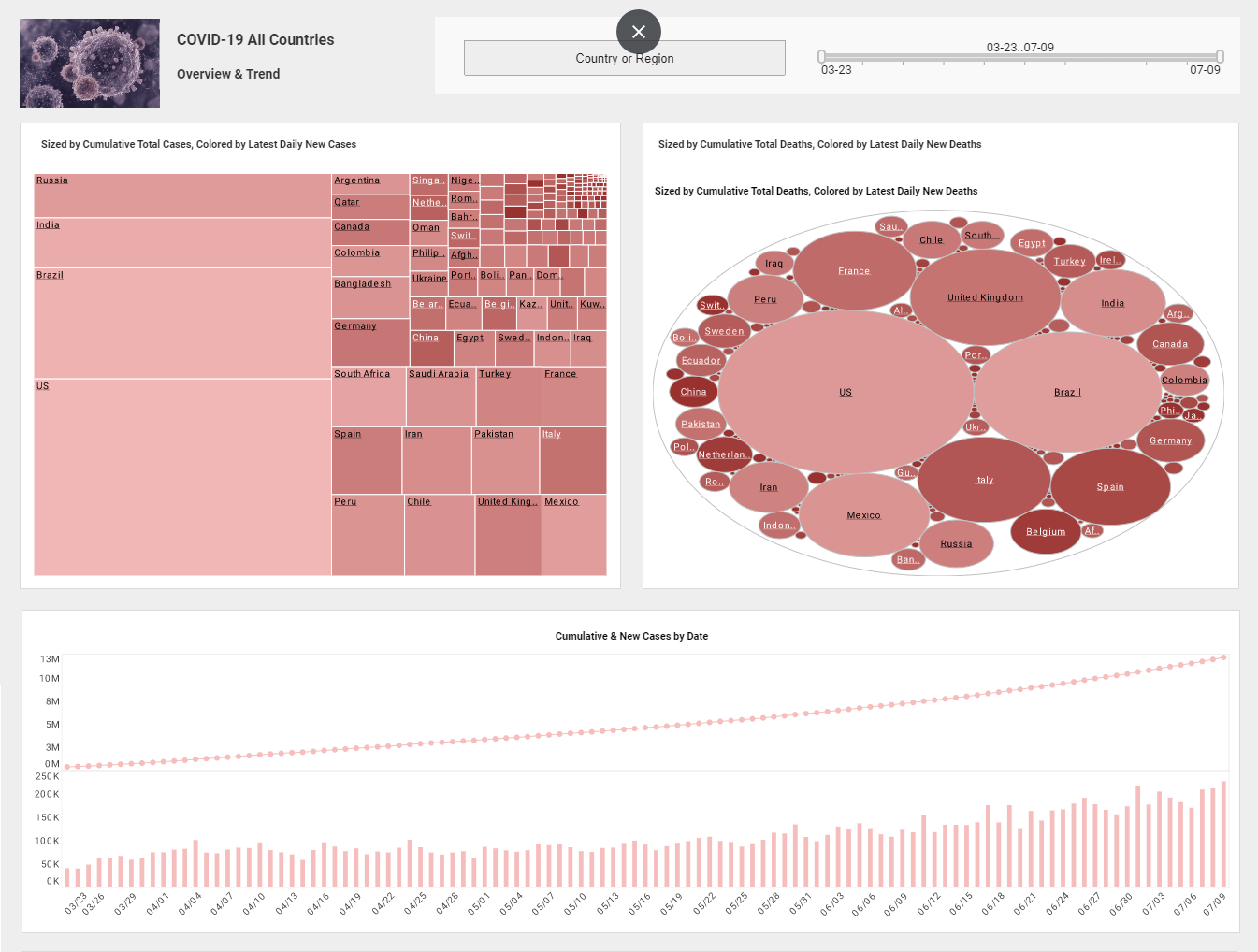Challenges with Big Data Analytic Tools
This is the continuation of the transcript of a webinar hosted by InetSoft on the topic of "Taking the Pragmatic Approach to Big Data Analytics." The speaker is Jessica Little, Marketing Manager at InetSoft.
There’s some great advice there on listening to what other people are doing and how they are approaching it. What were the commonalities in challenges of big data analytic tools that organizations are facing?
Part of this pragmatism comes with kind of its alter ego, which is caution. What they saw as the primary obstacle for organizations at each level of adoption is the need to create this compelling business case that clearly connects the technology that they want to be using with the business outcomes and the business challenges that they are intending to solve.
Once they get beyond the business case, the obstacles vary in somewhat natural ways. In the early stages they are very focused on understanding how to use Big Data to solve their business challenges that they have. Once they start to have those ideas, the challenge becomes getting the management focus and support for moving from more traditional analytics into this Big Data market.
Again that’s part of the need for the strategy in the business case. Once organizations begin piloting Big Data, they saw a skills gap begin to emerge, and it’s not just the Big Data scientist skills gap that we hear a lot about in the press, but it’s also a technology skills gap.
| #1 Ranking: Read how InetSoft was rated #1 for user adoption in G2's user survey-based index | Read More |
How To Manage Very Complex Data Sets
Understanding how to manage these very complex data sets as well as how to analyze them is something that organizations are spending a lot of time in the pilot stage. They are working it out, and as they move into implementation and begin rolling this out across their organization what they saw is now the question of the data quality.
They work to make sure that that data is integrated and understand the inherent imprecision in certain data types. I will say that the fact that that obstacle is not showing up until organizations are really moving from pilot to implementation is a bit troubling.
I really feel like that that’s something that needs to be on organizations’ radars much earlier. An integrated information platform was one of the foundations for it, and understanding and focusing on the quality of the data should be something that’s integrated into every step of the process, not just once you have got it out and you’re trying to execute against it.
Two things, I think, jumped out at me as surprises. One was that despite what you might be reading in the mass media, executives are thinking about Big Data much broadly than just social data. We hear a lot about the focus on social data and the benefits of social data, and I’m not discounting any of those at all, but I think it goes back to the pragmatism aspects. What they found was that executives were thinking about Big Data much more in terms of the volume and the velocity challenges as well as the variety.
They focus on that data internal to their organizations first. The other thing that kind of surprised me is how they looked at the way that leadership changes as organizations move through Big Data adoption. What they saw is that while the CIO is very much the person that gets the ball rolling in organizations, which make sense, because these are not necessarily easy technologies to understand, as organizations moved into the pilot and implementation phases, it adjusts to meet the needs of the business user.
 |
View live interactive examples in InetSoft's dashboard and visualization gallery. |
Demonstrating the Business Value of Big Data
That is one of the things that very clearly demonstrates the business value of Big Data and helps us feel confident in saying that Big Data is not just a technology, it’s very much a business imperative. It continues to go further beyond that. Very few organizations, a small percentage of the market, are really into implementing multiple Big Data efforts. For those they saw the CEO as really the person in those organizations that’s taking the leadership role most effectively because they’re able to look across the lines of business.
What else were key recommendations that I think organization should take away as they plan their implementation or pilots based on the study?
There were two sets of recommendations in the study. One set connects to the five key findings that really help you with some targeted advice on how to develop your Big Data strategy and move through the process. There is also a set of recommendations that will help you move from one stage of adoption to the next and things that organizations can focus on to make sure that they’re well prepared for the next stage of adoption.
In general though, I would say organizations need to focus on being pragmatic with Big Data. Think about the skills, the capabilities, the data that you already have and how can you use new technologies to leverage that. As you’re thinking about how to add those technologies to your infrastructure, clearly define what business challenges those capabilities will enable the organization to resolve. So taking a very strategic, pragmatic and thoughtful approach to Big Data is probably the best advice for most organizations.
| Previous: The Many Dimensions to Big Data Analytics |


